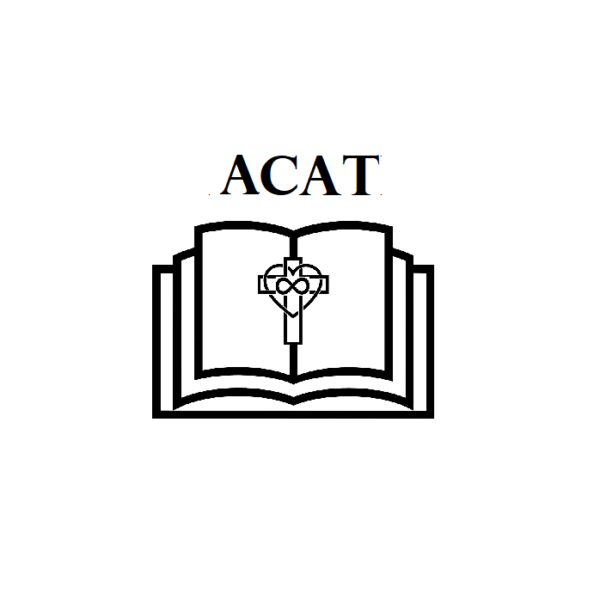ACAT 2: The Schematic Diagram
Here we are, Baltimore Catechism in hand, ready to start unpacking the components of the Catholic faith as they were laid out for the people in America in 1885. The book reflects nearly sixty years of prior scholarly discussion aimed at creating a summary and explanation of Catholic doctrine easy enough to present to children and detailed enough to enliven the faith in those teaching it. The resulting work remains a timeless starting point for those seeking to conceptualize what choosing to be Catholic is all about.
The twelve questions which comprise Lesson One act as our schematic, like the beginning of any good User’s Manual of today: What are we looking at? What are the functions of the main components, and what is the overall purpose of having a Catholic faith?
First, we see the main characters of this faith: God, the Creator; and us, the people whom He created. The rest of the manual will elaborate on several of the combinations and resulting functions of this relationship between God and us. If we believe there actually is a God, or want to believe, or are in any way open to that possibility, then we’re good to start.
God is presented as the Creator of all things: the physical world and the laws of physics; the spiritual nature of beings and the spirit dwelling within each living creature; and every variation of species therein, of both things we see and invisible essences we experience.
People are a subset of God’s creatures who have both physical (body) and spiritual (soul) natures, made especially for the purpose of knowing God and experiencing Him in a direct and specific relationship.
- Each person has a unique, essential spirit, characteristic of their “self,” that is invisible, intangible and immeasurable – but is expressed through all that we feel and all that we do.
- This particular spirit is not simply an animating force, but also contains the person’s core identity, their soul, which, as the Catechism states, “will last as long as God Himself.” In other words, each person’s essence lives forever.
- The soul is more than the energy enlivening the body; it has awareness of itself in relationship to God and the ability to make rational choices rather than encoding patterns purely on instinct or conditioned responses.
- The soul is designed to seek after higher things, better understanding, ever greater knowledge; but the soul cannot know everything by its own power alone. The soul requires God to lead, guide, teach and nurture these yearnings in the relationship for which it was designed.
- Every soul may freely choose to follow God’s order, or to go off on its own, risking the kind of harm that comes from disorder.
The main functional parts, then, are God, the Creator; and people, the creatures seeking knowledge through relationship with Him. We’ve got the who, and the what. So far, so good!
We need to pause here and reflect just a bit on the schematic as it relates to people on the autism spectrum. No two people are exactly the same, but within those infinite variations of body and personal essence remains the same purpose, which is growing in knowledge of and relationship with God. (We will get to that next week.) Autistic thinkers tend to approach both knowledge and relationships in our own autistic way, sometimes finding our particular wiring helpful (for instance, in the ways we reflect on and record information) and sometimes needing a little more engineering to understand things as easily as nonautistic thinkers do (such as when our linear, wired-in-series thinking struggles to comprehend the infinite, abundant and parallel functioning of God). Autistic wiring also seems to have unpredictably distributed areas of resistance, capacitance and conductivity, compared to the schematics of more typically wired thinkers. Our energy flow may seem to diminish faster than others, especially when we are functioning in social (parallel-wired) situations. The important point is to be aware of our own, individual wiring and to trust that it was designed that way by God – who did so deliberately, in hopes we would discover Him through that very way he wired us. Comparing ourselves and our wiring to that of anyone else is futile and pointless. If God had wanted us to think like someone else, He would have wired us that way.
There we go: the schematic diagram, the main players. The WHO and the WHAT. Next week, we continue Lesson One, looking next at WHY God created us in the first place.
(Here’s a tip: Any version of the Catechism of the Catholic Church can be thought of as the book proposal for God’s manuscript of the fatherly love story He intends to be told by and within each of our lives.)
The way God created each one of us reflects the delight He takes in each one of us.

